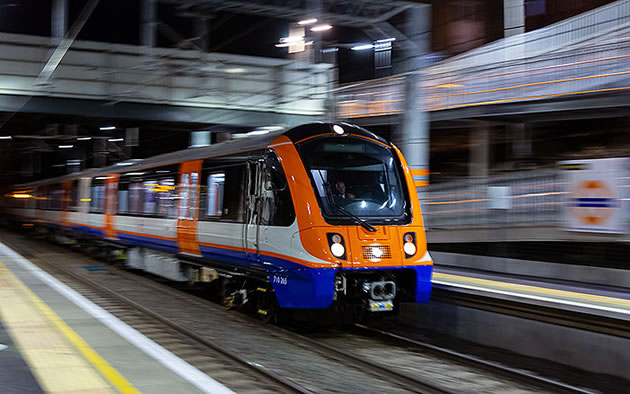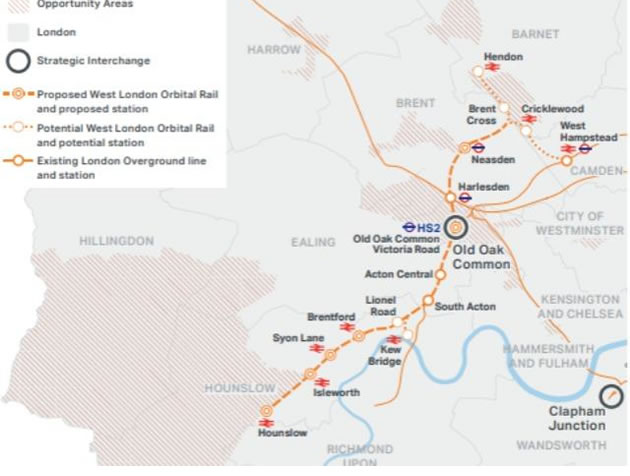Report Backs West London Orbital Plan
New line would travel through Brentford, Chiswick and Acton

New London Overground train designs
West London could be getting a brand new rail line running from Hounslow all the way to West Hampstead or Brent Cross.
The proposed West London Orbital (WLO) would also link the likes of Isleworth, Kew Bridge, Acton, and Old Oak Common.
However, being in the early stages, residents aren’t likely to see services start on the new line until 2026.
With a projected price tag of £281 million, it also remains unclear how it would be funded.
The land opened up by the route could also enable the creation of tens of thousands of homes, an initial business case says.
Leaders of seven West London councils have however welcomed a report, concluding there is “a strong case” for further work on the proposal.
As well as cutting journey times and promoting greener transport, Ealing Council said in a press release the line would connect key growth areas like Brent Cross, Old Oak and the Great West Corridor.
Transport for London (TfL) today published an outline business case, which suggested the proposed WLO line would form part of the London Overground network.
The proposed line would also return the four mile long Dudding Hill line between Cricklewood and Acton back to passenger use.

The council said: “The WLO would run from Hendon and West Hampstead to Kew Bridge and Hounslow, stopping at Brent Cross West, Neasden, Harlesden, Old Oak Common, Acton and Brentford.”
Working through the West London Alliance (WLA), boroughs have been collaborating with TfL in examining the strategic case for the WLO and its deliverability since autumn 2017.
The WLA is a partnership between seven West London local authorities of Barnet, Brent, Ealing, Hammersmith & Fulham, Harrow, Hillingdon and Hounslow.
If it were to go ahead, the line would also bring land into use for housing, enabling the creation of between 8,800 and 29,300 homes. It could also create employment space for up to 23,000 jobs.
Ealing Council said: “At the moment, it takes as long to travel the 5km between Harlesden and Brent Cross as it does to go double the distance, to Southfields in Wandsworth south of the Thames.”
The report concluded that the WLO could serve up to 11.5 million passenger journeys each year. A more detailed business case will be drawn up over the next 18 months.
Funding will likely come from one of three places: contributions from developers along the route and proceeds from development of public-sector owned sites, capturing increases in business rates income that would arise from growth in land values as a result of the improved connectivity from the WLO, or from funding sources such as TfL’s national government funding.
Ealing Council leader Julian Bell said: “This is excellent news for West London and really shows what we can achieve when we work together across party and borough boundaries.
“The lack of orbital transport options is a real obstacle to growth here; it’s one of the reasons the North Circular has been identified as the UK’s most congested road.”
Alex Williams, TfL’s Director of City Planning, said: “Our early work on the Strategic Outline Business Case has demonstrated that the West London Orbital rail line has the potential to support the delivery of new homes and jobs by providing better public transport connectivity.
“Further joint work with the West London Alliance will now continue. This will see the business case developed further to help us decide on the next steps, focussing on assessing the feasibility of the scheme and examining options for funding capital costs and balancing operational costs.”
Ged Cann - Local Democracy Reporter
June 26, 2019
Related links
|